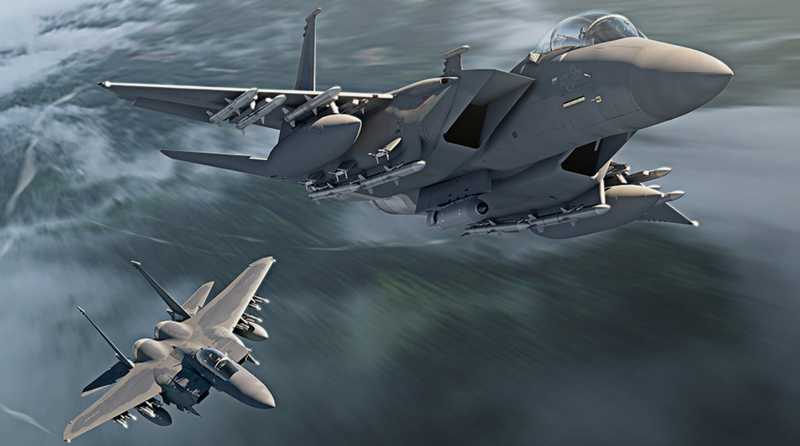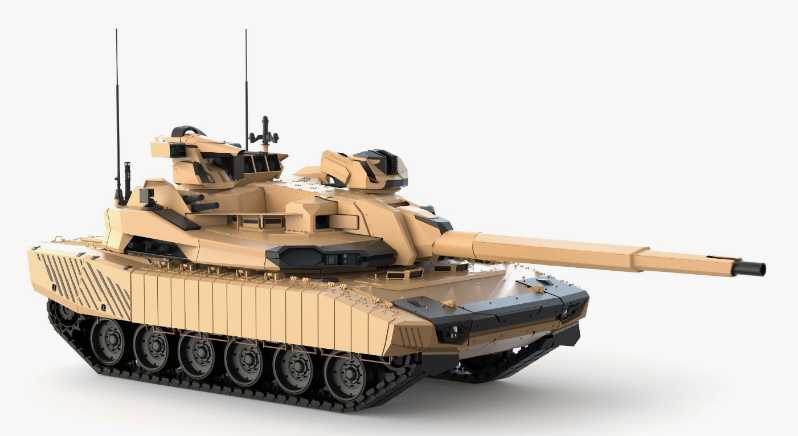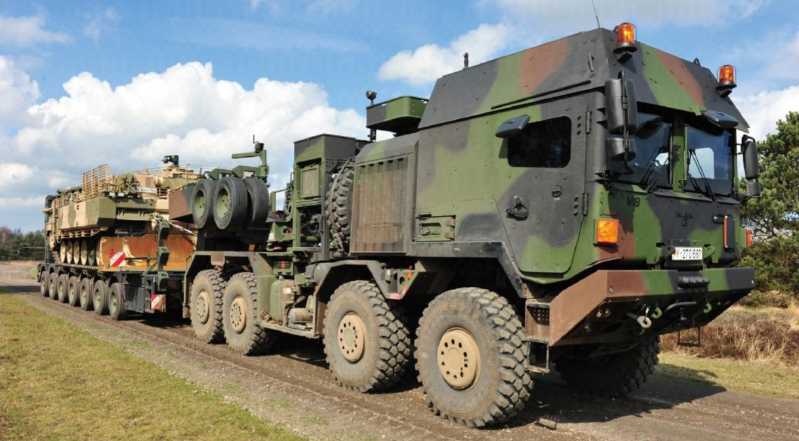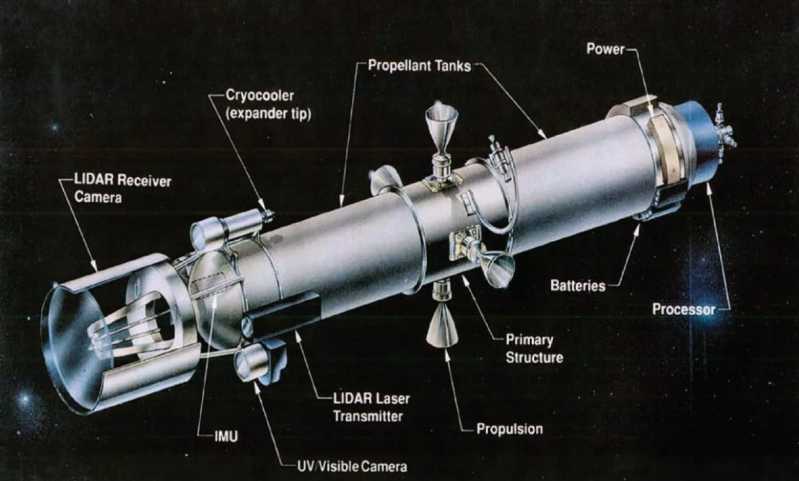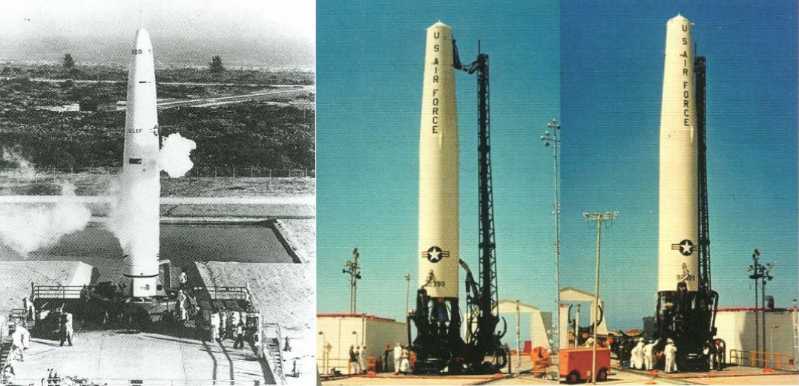Turkey’s self-developed flying wing drone, the Turkish Aircraft Industries (TAI) Anka-3 MIUS (Turkish for "National Unmanned Combat Aircraft System") took off at 8:38 a.m. local time on December 28, 2023, accompanied by a TAI "Free Bird" turboprop trainer aircraft. The first flight lasted 70 minutes, during which it reached an altitude of 2,438 meters and a speed of 277.8 kilometers per hour. Turkish President Tayyip Erdogan wrote on Twitter: "Our Anka-3 unmanned fighter developed by TAI successfully completed its first flight today. I hope that our aircraft will make a strong contribution to the defense of our country with its advanced technology, design and functions." The first flight of the Anka-3 puts Turkey among the elite club of countries in flying wing drones. So, what is the Anka-3 drone, which is regarded as the national pride of the Turks, like?
Overview of Anka-3 UAV
Anka-3 is called the MIUS system. It is a flying wing unmanned combat aerial vehicle (UCAV) designed by the Turkish Aircraft Industry Company TAI. It was first unveiled in December 2022. The first taxiing test was carried out in April 2023. The aircraft adopts a typical flying wing layout, with flaperons designed on the wings and cracked speed brakes on the outside of the wings. The aircraft has a take-off weight of 6.5 tons, a payload of 1.2 tons, a maximum speed of about 787 kilometers per hour, a cruising speed of 463 kilometers per hour, a ceiling of 13,411 meters, and can stay in the air at an altitude of 9,143 meters for 10 hours. It is speculated that the Anka-3 is likely to use the AI-25TLT jet engine of the Ukrainian Ivchenko-Progress Design Bureau, which gives it a higher flight speed and payload capacity, with a thrust of 1.72 tons/1,687 kilonewtons. The aircraft may also use the non-afterburning model of the AI-322F turbofan engine, with a maximum thrust of 2,500 kg without afterburner. Its speed and payload performance surpass other TA1 drones.

Aerodynamic layout analysis: more inclined to combat
Anka-3 drone uses a backpack air intake, with two air intakes on both sides of the nose, which may be used for equipment cooling. There is an opening for the auxiliary air intake on the top of the back of the aircraft, and a data link antenna and a conformal antenna for satellite positioning are installed on it. There is a circular engine nozzle with serrations at the tail, and there is an extended teardrop-shaped antenna cover under the belly, which is speculated to be a directional measurement and control transmission antenna. Although the aircraft has considered some stealth designs, it can only reduce the RCS to a certain extent at best. It has quite a few stealth design defects, and it still needs a lot of modifications and the addition of stealth coatings to try to reduce the radar reflection cross-sectional area. For example, a large number of external antennas need to be disassembled or built-in integrated design, and the air intake may also need to be adjusted in the future.
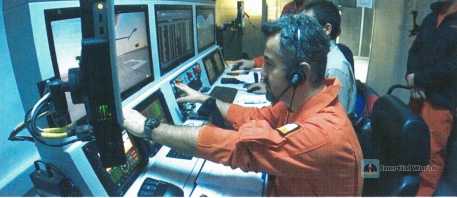
From the perspective of aerodynamic layout, although the Anka-3 UAV also adopts a flying wing layout, compared with B-2, RQ-170 and X-47B, the design of Anka-3 is obviously different and innovative, which reflects that the Turkish aviation industry has a high level of aircraft design, not only staying in the stage of imitation and learning, but also adopting design elements that meet its own needs according to its own combat needs. For example, from the perspective of sweep angle and wingspan, Anka-3 belongs to a large swept-back flying wing, with a significantly sharper nose and a significantly smaller wingspan, which is significantly different from the B-2 that focuses on high lift and long range and the RQ-170 that focuses on long flight time and reconnaissance intelligence surveillance functions. From an aerodynamic perspective, the larger wing sweep angle of Anka-3 is designed to reduce flight resistance and greatly improve the speed performance of the flying wing. The difference between traditional UAV and flying wing UCAV lies in the C, which stands for combat, which translates to "combat". Obviously, the aerodynamic design of Anka-3 aims at the realization of combat functions, and it should be called an "unmanned combat aircraft". Higher speed means faster combat response, higher battlefield survival probability, and stronger air combat capability for unmanned combat aircraft. Therefore, Turkey claims that Anka-3 has strong air-to-air and air-to-ground combat capabilities. In terms of design concept, Anka-3 is closer to the US X-47B.
From the tail, Anka-3 does not adopt the sharp diamond tail design of X-47B, which is very common in stealth flying wing UAVs. On the one hand, it has the effect of reducing drag and rectifying in aerodynamics, and on the other hand, it effectively shields the obvious RCS reflection feature of the engine, scattering radar waves and improving the effect of rearward stealth. The tail of Anka-3 adopts a relatively flat design, and the engine tail nozzle is directly exposed outside, which is not conducive to stealth and drag reduction. But the advantage is that the design is relatively simple, easier to implement technically, and very advantageous in the R&D cycle. The design and development of drones is mainly based on demand, not the accumulation of advanced technologies. If Turkey believes that the performance of the Anka-3 is sufficient and the cost-effectiveness is reasonable, it is possible to continue to use this design in batch production. Of course, if Turkey pursues higher performance requirements, it may make improvements to the tail and engine tail nozzle design.

According to the data, the Anka-3 unmanned attack aircraft is designed with two bomb bays, which adopt a side-opening design, each with 2 hanging points, and can carry up to 650 kg of ammunition each. There is an external hanging point in the middle of the belly of the aircraft, and a total of 4 external hanging points on both sides of the wing. The inner hanger can carry 650 kg of ammunition, and the outer hanger can carry 100 kg of ammunition. The equipment that the aircraft can use includes laser-guided bombs with TEBER-82 and TEBER-81 guidance kits, KGK-82/83 glide-guided bombs, HGK-84 satellite-guided bombs, TOLUN small-diameter guided munitions using SADA K-4T composite pylons, SOM-J beyond-visual-range cruise missiles, SIMSEK-II/SUPER SIMSEK drones mounted on wing pylons, etc. The weapons available for selection are quite rich. More importantly, these airborne aviation weapons are basically independently imitated and independently developed by Turkey in recent years, and are less restricted by others in technology, giving Anka-3 greater flexibility and space in the use of weapons.
In addition, the two different internal and external mounting methods of Anka-3 also mean two different combat modes. In the stealth built-in mounting mode, it mainly performs the precision strike mission within the defense zone of stealth penetration. In this mission mode, the bomb load is 1.3 tons, and it can carry about 4 to 6 precision-guided munitions. Due to the limited number of ammunition, it is mainly responsible for striking some very high-priority targets. In the non-stealth external mounting mode, the Anka-3 carries more ammunition and performs tactical-level ground attack and close air support missions similar to bombers or light fighters.
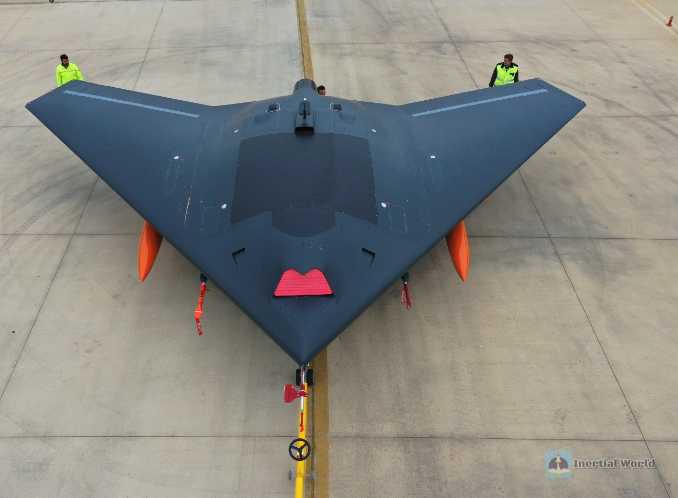
Future use prospects: loyal wingman or autonomous air combat?
How to position the Anka-3, which has entered the first echelon of the world’s unmanned combat aircraft, the US media believes that there are at least two possibilities. On the one hand, it realizes the "loyal wingman" project. It can cooperate with the TE-X stealth fighter and exist as a "loyal wingman" formation. On the other hand, it is to expand the mission type and seek autonomous combat.
First, the mature Anka-3 is likely to cooperate with Turkey’s newly developed TF-X fighter to form a manned/unmanned formation to perform high-risk deep attack missions. The Anka-3 can perform strikes, surveillance, electronic warfare, suppression and destruction of enemy air defense systems. After all, they are all designed by TAI, so integration will be easier. In order to save costs, the Anka-3 will be equipped with the same avionics architecture and ground control station as the Anka UAV. TAI General Manager Temel Kotil claimed that the Anka-3 can be installed with SkyARX satellite communication equipment developed by CTech, so line-of-sight transmission and long-distance satellite communication can be selected.
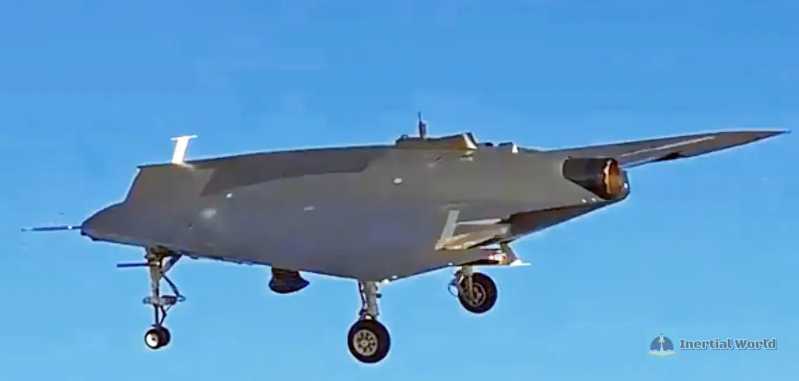
After the Anka-3 and the TF-X, the fourth-generation stealth fighter of Turkey, can take advantage of its small fuselage, small radar cross-sectional signal, and long online time without a pilot, and stand out in front of the fourth-generation stealth aircraft to perform intelligence, reconnaissance, and surveillance tasks, and realize real-time information sharing through confidential inter-machine communication data links, providing target indication, combat warning and other services for the fourth-generation stealth aircraft; and when the manned/unmanned aircraft formation performs air-to-air combat missions, the Anka-3 drone can be used as As the aerial arsenal of the TF-X fighter, it adopts CEC collaborative combat technology, A shoots and B guides. The TF-X fighter directs the Anka-3 to launch air-to-air missiles, which are guided and hit by the TF-X’s airborne fire control radar, thus solving the contradiction that the medium-sized stealth fourth-generation aircraft has a small built-in bomb bay, a limited number of air-to-air missiles, and poor firepower sustainability; in electronic warfare missions, the Anka-3 can also provide accompanying electronic jamming services for the TF-X, suppress air and ground targets for the TF-X, and provide effective electronic warfare support; in ground attack missions, the TF-X can command the Anka-3 drone to carry out continuous precision-guided strikes on ground targets, acting as an air commander.
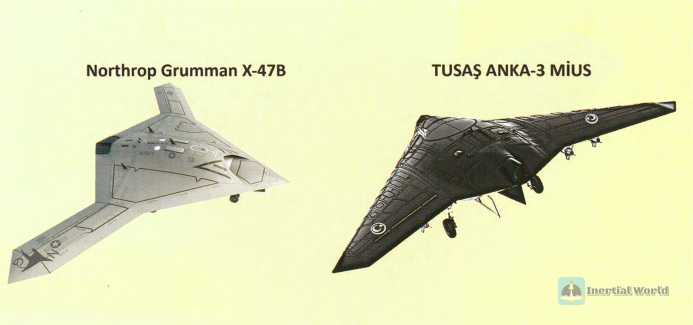
Second, autonomous air combat and anti-enemy combat missions. At present, judging from the technical level of Anka-3 and the current development level of artificial intelligence technology in Turkey, the autonomous flight capability of the Anka-3 drone is still at a relatively elementary level. In addition to procedural combat missions, most of the more complex missions still require human intervention, command and operation. However, as a gaming platform with great potential, it is not ruled out that the progress and iteration of AI technology in the future will allow Anka-3 to have a certain degree of autonomous air and anti-enemy combat capabilities.
In addition, we have noticed that in addition to actively building a modern air force, the Turkish Navy also has a strong demand for advanced aviation combat platforms. Not only has it built a new amphibious assault ship that can be used for landing operations and aviation operations, it is also seeking to independently build a new aircraft carrier. The Anka-3, whose overall design is similar to that of the X-47B, may also transform into a carrier-based unmanned attack aircraft for aircraft carriers, performing ship-based reconnaissance and combat missions.
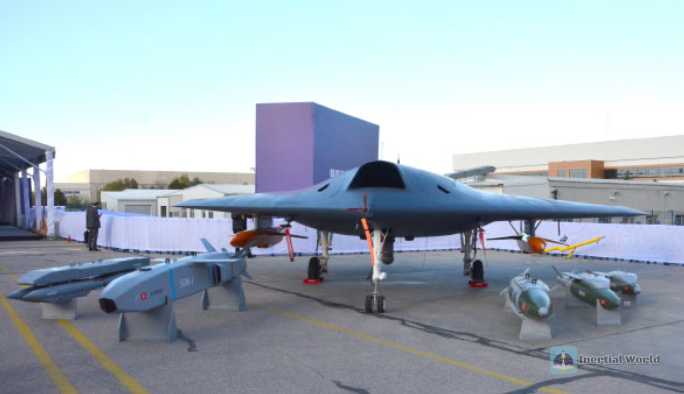
Conclusion
Compared to the Indian flying wing UAV SWIFT, which made its maiden flight earlier, although the Anka-3 made its maiden flight later, it is superior to India in terms of technical level and capabilities. The rapid development of its aviation industry in recent years has given everyone confidence and expectations for the successful development of the Anka-3 UAV. However, in addition to the need to develop a large number of systems on its own, many key technical systems may have to rely on foreign countries. Therefore, each of them is accompanied by a large number of inherent risks, especially software development, network architecture and subsystem integration may face considerable difficulties. The stealth design of the Anka-3 also needs to be constantly modified, and low-probability stealth radar, radio and high-speed low-detectable data link need to be developed to ensure its stealth capability, otherwise it will seriously affect its performance in actual combat. Although the maiden flight was successful, it still requires efforts to successfully finalize and mass-produce the Anka-3 unmanned combat aircraft.




